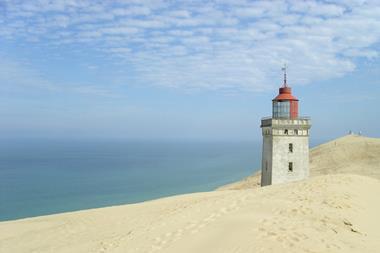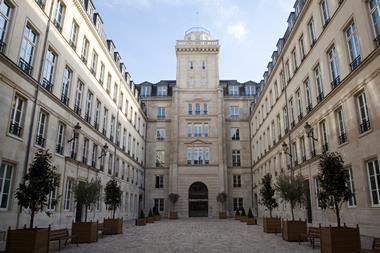Chief executive officers of Denmark’s pension funds should reflect on their own business models to play their part in easing the squeeze faced by the whole system between increasing longevity and very low expected investment returns, according to the former head of the country’s biggest pension fund ATP.
Lars Rohde, now governor of the central bank Danmarks Nationalbank, said in a keynote speech at the IPE Conference in Copenhagen that the task of bolstering the pension system to withstand pressures from lower rates and higher dependency ratios could not be delegated to the individual pension saver.
Asked by IPE on the sidelines of the conference what people running Danish pension funds should do to be part of the solution to the challenges he had outlined, Rohde said: “Risk management I would guess, and the business model – what are you offering people, what is the risk model and the business model?”
He said that in his “former life” when he was ceo of ATP, the now DKK933bn (€125bn) statutory pension fund undertook work to base its investment portfolio design on risk allocation rather than asset allocation.
“That was one of the answers we found, but I guess others can find other answers,” he said.
“There’s a squeeze between longevity issues – people are not dying according to plan any longer and it’s also a global phenomenon – and on the other hand very low expected returns in the future, so something has to give,” he said.
The answer, he said, lay in “lower expectations and higher contributions, of course, and better returns – but better returns in this environment is very, very difficult.”












